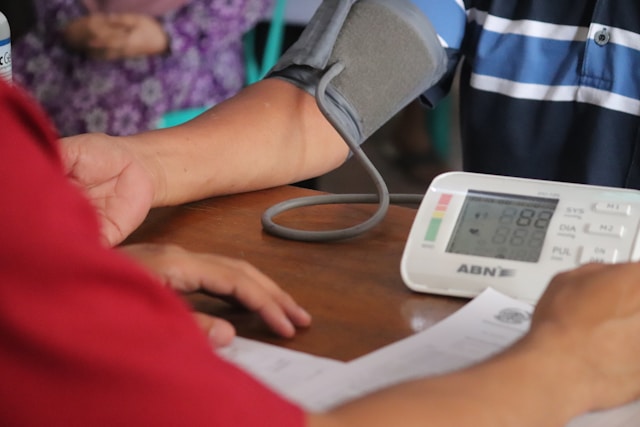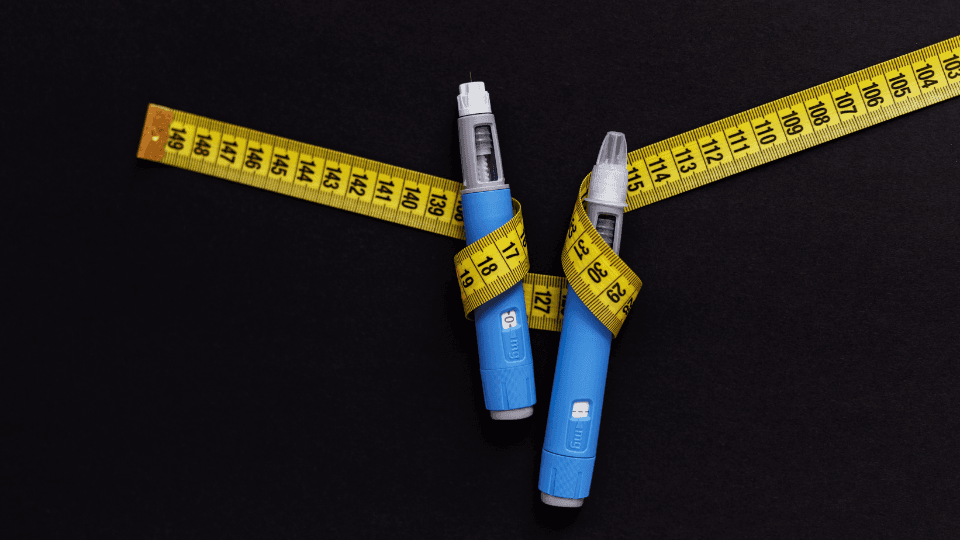Back
Feb 13, 2023
Healthy eating on a budget

Gabriella Florence | Sports Scientist
Delicious
Healthy
Affordable
We can only pick two at a time, right?
Wrong!
I’m here to tell you that eating delicious and nutritious food needn’t break the bank. In fact, maintaining a healthy diet can be worked into almost any budget! Here’s how:
Buy whole foods. Some food items are cheaper in their less processed forms and more often than not, less processed food items are sold in larger quantities – giving you more servings per package. What’s more, although pre-packaged meals are convenient, they can be highly processed, expire quickly, and may only cover your hunger cues for one meal. Rather purchase the raw ingredients and cook the meal at home. It may also be wise to cook enough for two or more portions and have the subsequent portions at another mealtime.
Search for generic brands. Most grocery stores offer their own brand of products, often sold at a fraction of the cost, yet with the same quality as the original brand. Just be sure to always check the ingredient list to ensure the product doesn’t contain unexpected ingredients or allergens.
Buy in-season fresh produce. Fruits that are not in season are usually imported, often with a surge in price. As a bonus, in-season fruits often have higher nutritional value.
Frozen and canned vegetables. Quick-frozen and canned vegetables are cheaper than fresh vegetables and usually just as nutritious. What’s more, they are often sold in larger quantities, allowing them to either last longer or form additional meals.
Switch out cool drinks and fruit juices for water. Not only is water calorie-, sugar-, and cost-free, but it will keep you hydrated too. However, you should always ensure that your water sources are safe for drinking. If need be, you can purchase a water filtration device.
Plant-based proteins vs. meats. Consider adding protein-rich plant sources, like lentils, chickpeas, green peas, or soya beans to your shopping list. A meat-free meal can still be packed with protein without unpacking your wallet. Alternatively, canned tuna has a high protein content, while being more affordable than other animal meats.
Meal planning and grocery lists. Planning meals ahead of time and purchasing only the necessary ingredients can minimise spur-of-the-moment purchases. It may also reduce the number of food items left to waste or spoil.
Storing ingredients. Ensure that your food items last to their full potential by storing them properly. The longevity of most bread, meat items, yoghurts, and milk can be prolonged if kept in the freezer, while most pantry items will last longer if stored in airtight containers. Remember to check the storing instructions on the item’s packaging.
Look out for specials. Most grocery stores advertise current specials and deals. Doing a little research beforehand (by looking on the store’s website, pamphlets, or advertising within the store) may require some time, but will pay off in the end.
In essence, maintaining a healthy diet can be accomplished on a budget. Your health shouldn’t really have a price tag on it in any case.












